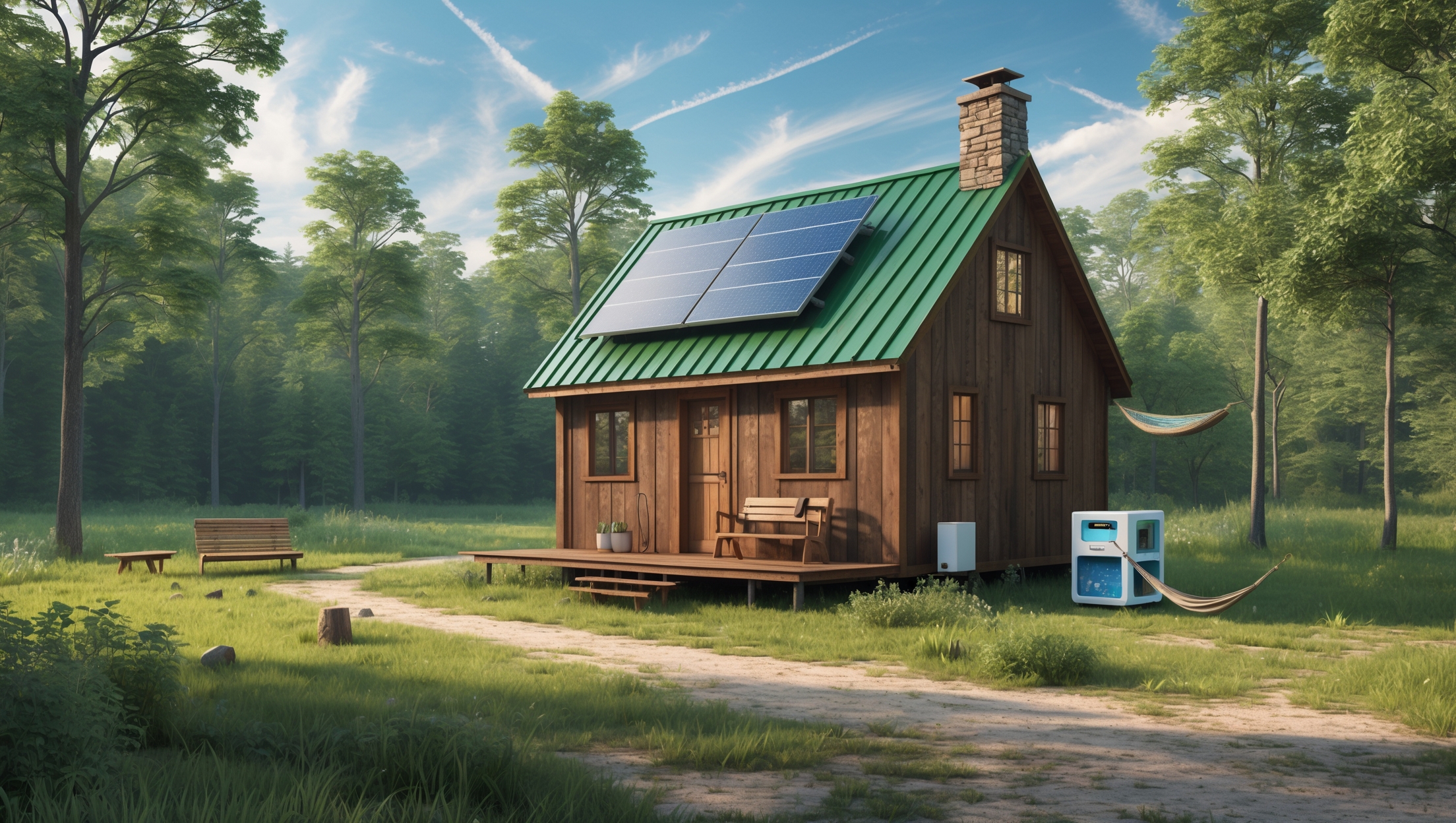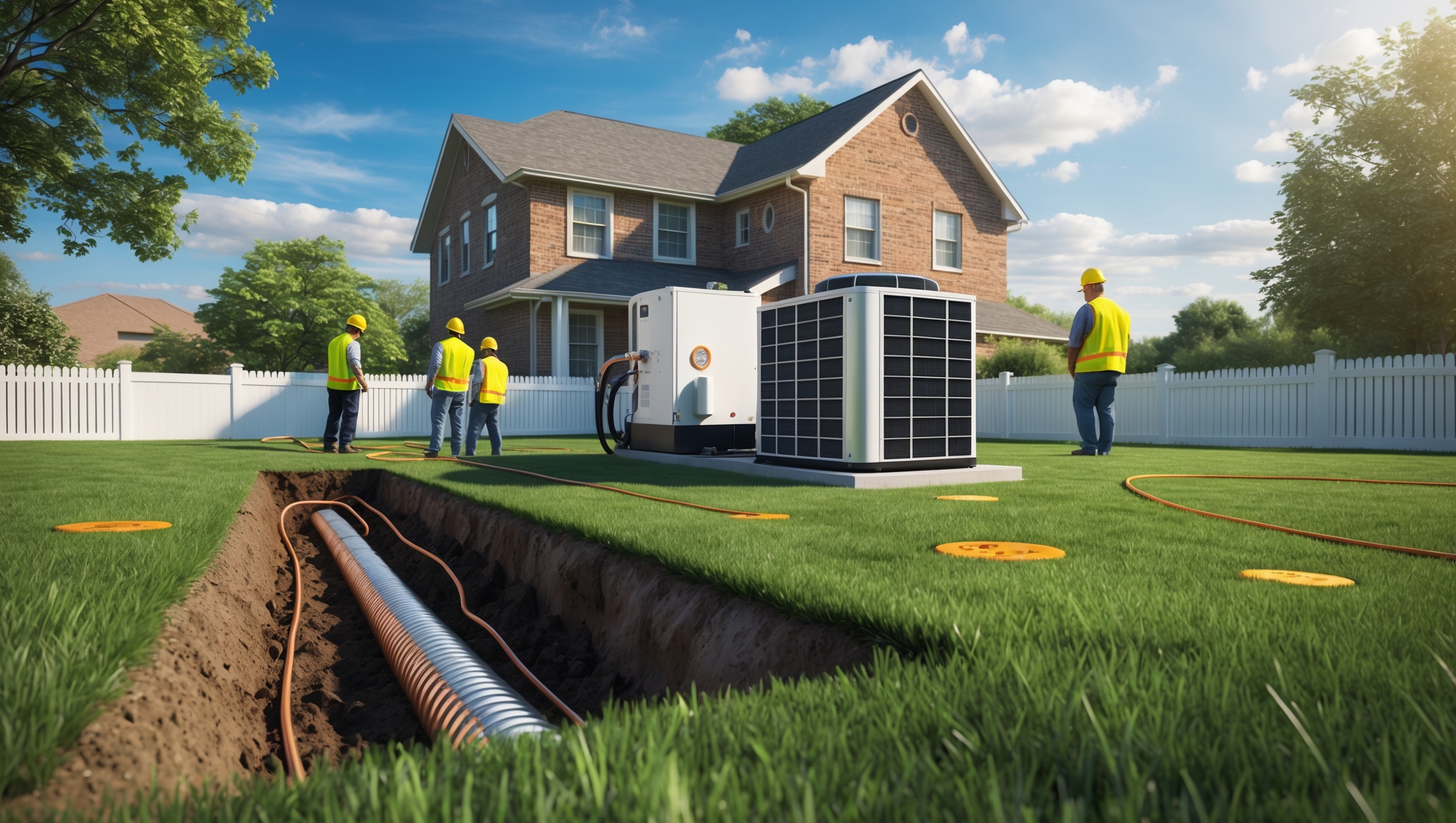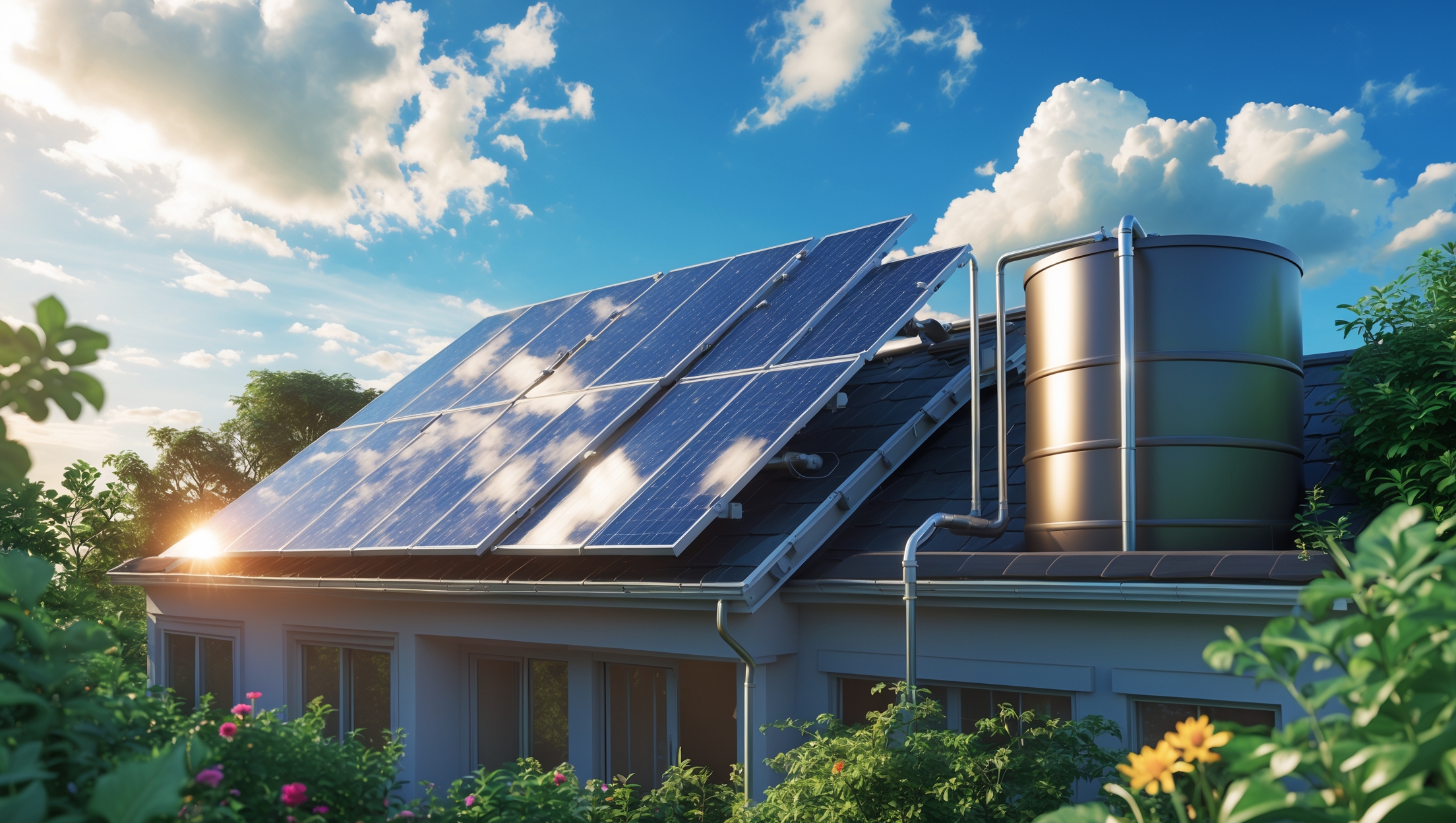Introduction: The Importance of Solar-Powered Ice Makers in Off-Grid Living
Living in a remote cabin offers freedom, tranquility, and a smaller environmental footprint. For many, embracing sustainable off-grid living means adopting technologies that harness renewable resources. One such innovation is the solar-powered ice maker—a game-changer for remote dwellings where grid electricity is unavailable or unreliable. Whether you need fresh ice for food preservation, cold drinks, or emergency first aid, a solar-powered ice maker can dramatically improve comfort and self-reliance. But like all specialized equipment, these ice makers require thoughtful maintenance to ensure optimal performance, longevity, and efficiency. Neglecting upkeep can lead to reduced ice output, inefficiency, and costly repairs—challenges that are especially inconvenient when you are far from professional service providers. This comprehensive guide details the best practices for maintaining solar-powered ice makers in remote cabins. We’ll cover cleaning routines, electrical checks, water quality management, troubleshooting, and season-specific care. With these strategies, you’ll keep your off-grid ice maker running smoothly, maximizing your investment in sustainable comfort.
Understanding Solar-Powered Ice Makers: System Overview
How Solar Ice Makers Work
Solar-powered ice makers integrate photovoltaic (PV) panels, a battery bank, an inverter (for AC models), and the ice-making appliance itself. Solar panels capture sunlight and convert it to electricity, which either powers the ice maker directly or charges batteries for later use. Models vary in their energy demands and compatibility with DC or AC power, but all rely on a steady, clean power source to function efficiently.
Key Components in the System
- Solar Panels: Generate electricity from sunlight.
- Charge Controller: Regulates power flow to protect batteries.
- Batteries: Store energy for use when sunlight isn’t available.
- Inverter: Converts DC power to AC if needed by the ice maker.
- Ice Maker Unit: The appliance that freezes water into ice.
Daily and Weekly Maintenance Tasks
Daily Checks
- Visual Inspection: Check the ice maker and solar power system for obvious issues like loose wires, water leaks, or error lights.
- Ice Quality: Examine ice for clarity and consistency; cloudy or misshapen cubes may indicate mineral buildup or water issues.
- Battery Voltage: Use a voltmeter or your system’s display to ensure batteries are within safe operating range.
Weekly Tasks
- Clean the Ice Bin: Remove all ice, wash the bin with warm, soapy water, and ensure it’s completely dry before replacing.
- Check Water Supply: Inspect hoses for leaks or kinks and confirm that the supply reservoir is clean and full.
- Panel Cleaning: If your cabin is in a dusty or pollen-heavy area, gently clean solar panels with a soft brush or microfiber cloth and water.
Monthly and Seasonal Maintenance
Monthly Maintenance Routines
- Descale the Ice Maker: Use a manufacturer-approved descaling solution to remove mineral buildup from the water lines and freezing elements.
- Inspect Electrical Connections: Tighten any loose terminals and check for signs of corrosion, especially in humid climates.
- Test the Battery Bank: Perform a load test to ensure batteries are holding charge and replace any that show signs of failure.
Seasonal Adjustments
- Winterizing: If the cabin is unoccupied during winter, drain water from the ice maker to prevent freezing and damage. Disconnect and store the unit in a dry, insulated area if possible.
- Spring Startup: Inspect for rodent or insect damage, reconnect the water supply, sanitize all components, and verify solar panel alignment for optimal sun exposure.
- Summer Overload Prevention: Hot weather increases ice demand and can strain batteries. Shade your ice maker, ensure proper ventilation, and monitor system load closely.
- Autumn Cleanup: Remove fallen leaves from solar panels and check for weatherproofing around electrical enclosures.
Water Quality Management
Why Water Quality Matters
The purity of your water supply greatly impacts ice quality and the longevity of your ice maker. Hard water causes scale buildup, which decreases efficiency and can damage internal components. Water containing high levels of iron, manganese, or organic contaminants may stain parts and foster bacterial growth.
Best Practices for Water
- Filtration: Install an inline sediment and carbon filter ahead of the ice maker to remove particulates and taste/odor issues.
- Softening: If your water is hard, consider a compact water softener. For rainwater-fed cabins, ensure your collection system is clean and regularly sanitized.
- Sanitization: Run a sanitizer through the system monthly, following manufacturer instructions, to prevent biofilm and bacterial growth.
Troubleshooting Common Performance Issues
Ice Maker Not Producing Ice
- Check Power Supply: Verify solar panels are delivering sufficient voltage and that batteries are charged.
- Inspect Water Line: Ensure the supply isn’t frozen, kinked, or clogged.
- Examine Controls: Reset the machine and check for error codes.
Reduced Ice Output
- Clean Condenser Coils: Dust and debris can insulate coils, reducing cooling efficiency. Clean gently with a brush or vacuum.
- Monitor Ambient Temperature: If the cabin interior exceeds 90°F (32°C), move the ice maker to a cooler spot or provide additional ventilation.
- Check Water Filter: Replace clogged filters as needed.
Cloudy or Bad-Tasting Ice
- Replace Filters: Old or saturated filters let contaminants through.
- Flush Water Lines: Run several cycles with fresh water after filter changes or sanitization.
- Descale Regularly: Prevents mineral buildup that clouds ice cubes.
Solar Power System Maintenance for Ice Makers
Panel Care
- Panel Alignment: Adjust seasonally for maximum sun exposure.
- Cleanliness: Remove dust, pollen, and bird droppings to maintain efficiency.
- Structural Check: Inspect mounting hardware, especially after storms or high winds.
Battery Bank Care
- Equalization: For flooded lead-acid batteries, perform equalization charging monthly to balance cells.
- Temperature Monitoring: Protect batteries from extreme cold or heat; consider insulation or ventilation as needed.
- Terminal Care: Clean and tighten battery terminals; apply corrosion inhibitor grease.
Inverter and Charge Controller
- Firmware Updates: If your inverter/controller is updateable, check for manufacturer updates annually.
- Error Logs: Review system logs for warnings or faults and address promptly.
- Cooling Fans: Clean or replace filters in fan-equipped units.
Spare Parts and Emergency Preparedness
Essential Spares to Keep On Hand
- Extra water and air filters
- Descaling and sanitizing agents
- Replacement ice bin gasket or door seal
- Fuses for inverter and charge controller
- Basic hand tools
Trouble-Ready Toolkit
- Multimeter for electrical checks
- Small brush and vacuum for cleaning
- Spare battery cables and lugs
- Water testing kit for periodic checks
Prolonging System Lifespan: Advanced Tips
Optimize Load Management
Schedule ice production during peak sunlight hours to reduce battery strain. If your ice maker has a timer, set it to run when solar energy is most abundant. Avoid running the ice maker simultaneously with other high-wattage appliances.
Upgrade Components Strategically
- High-Efficiency Panels: Consider upgrading to higher-output panels as technology improves.
- LiFePO4 Batteries: These have a longer lifespan and better performance in partial-state-of-charge conditions than traditional lead-acid batteries.
- Energy Star Appliances: If replacing your ice maker, select a unit with high efficiency and proven reliability.
Monitor System Performance
- Install a remote monitoring system to track energy production, battery health, and appliance draw.
- Keep a maintenance log to track cleaning, filter changes, and any repairs or adjustments.
Safety Considerations
- Always disconnect power before performing maintenance on electrical components.
- Use gloves and eye protection when handling cleaning agents or batteries.
- Ensure proper ventilation around batteries to prevent the buildup of explosive gases.
- Label all circuit breakers and isolation switches clearly for quick shutdown in emergencies.
Conclusion: Sustainable Comfort Through Smart Maintenance
Solar-powered ice makers represent the intersection of sustainable technology and everyday convenience in off-grid living. By harnessing the sun to produce ice, you reduce your reliance on fossil fuels, improve your quality of life, and support a greener future. However, these benefits only endure if the system is well-maintained. Routine cleaning, diligent electrical checks, and careful water management are not just recommendations—they are essentials for reliable, long-term performance in remote environments. Investing in spare parts, maintaining a ready toolkit, and keeping an eye on system upgrades will further safeguard your investment. Remember, the unique challenges of remote living make proactive maintenance even more critical, as small issues can escalate quickly when help is miles away. By following the best practices outlined in this guide, you ensure that your solar-powered ice maker delivers sustainable comfort year-round, making your remote cabin a model of self-sufficient, eco-friendly living. Embrace these routines, and enjoy the peace of mind that comes from knowing you can count on cool, fresh ice—no matter how far off the beaten path your journey takes you.




